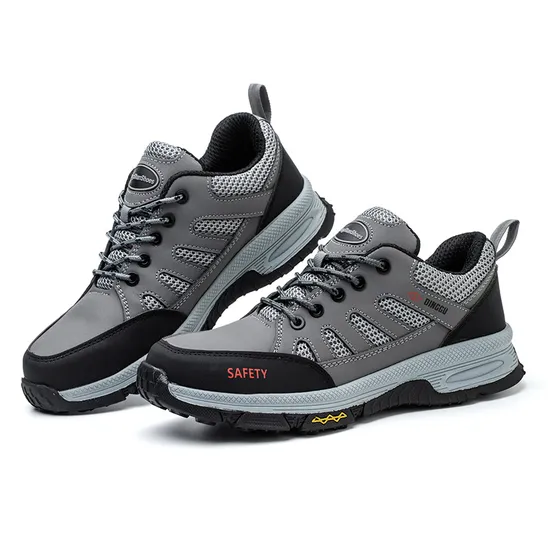
Serbia’s footwear market is experiencing steady growth, driven by rising consumer spending, a growing e-commerce sector, and increasing demand for affordable, durable designs. As a leading footwear manufacturer in China, exporting to Serbia offers access to a strategic market in the Western Balkans with favorable trade agreements and a growing appetite for sustainable, high-quality products. This guide covers compliance requirements, logistics strategies, and market insights to ensure a seamless import process.
—
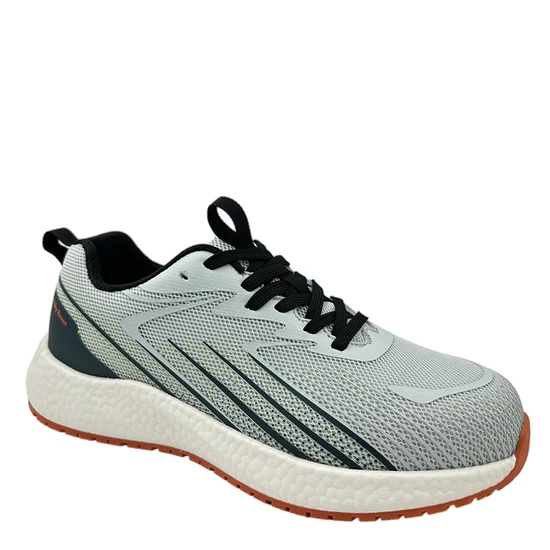
Why Import Shoes from China to Serbia?
1. Cost Competitiveness: Chinese manufacturers produce high-quality footwear at prices 30–45% lower than EU-based suppliers, ideal for Serbia’s price-sensitive retail market.
2. Sustainability Alignment: Many Chinese factories prioritize eco-friendly materials (e.g., recycled polyester), aligning with Serbia’s growing focus on green consumption.
3. Market Growth: Serbia’s footwear imports rose by 12% in 2023, fueled by e-commerce expansion and demand for versatile, seasonal designs.
—
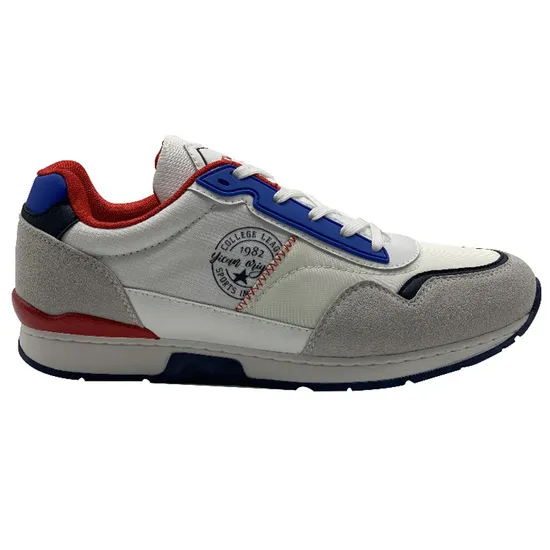
Step-by-Step Import Process
1. Supplier Selection & Quality Assurance
– Find Reliable Suppliers: Use platforms like Alibaba or Global Sources to connect with verified manufacturers. Prioritize suppliers with ISO 9001 (quality management) or OEKO-TEX certifications.
– Verify Compliance: Ensure products meet EU standards (e.g., REACH for chemical safety) and Serbian local regulations. Request samples to test durability and comfort.
– Negotiate Terms: Clarify MOQs (Minimum Order Quantities), pricing tiers, payment methods (e.g., LC or TT), and lead times (40–55 days for custom orders).
2. Compliance with EU/Serbian Regulations
– CE Marking: Mandatory for footwear with specific components (e.g., children’s shoes, sports footwear).
– Labeling: Labels must include Serbian text, EU size designation, material composition, and country of origin (“Made in China”).
– REACH Compliance: Ensure materials do not contain restricted substances (e.g., azo dyes, phthalates).
3. Shipping & Logistics
– Preferred Transport Modes:
– Sea Freight: Most cost-effective for bulk shipments (35–50 days via Adriatic routes to Bar Port, Montenegro, then road to Serbia).
– Rail Freight: Combine with sea routes (e.g., China-Europe rail to Belgrade via Hungary) for faster transit (20–30 days).
– Road Freight: Ideal for smaller shipments or cross-border logistics from neighboring EU countries.
– Customs Clearance: Prepare invoices, packing lists, certificates of origin, and HS codes (e.g., 6403 for footwear with rubber/plastic soles). Partner with a Serbian freight forwarder to handle customs procedures.
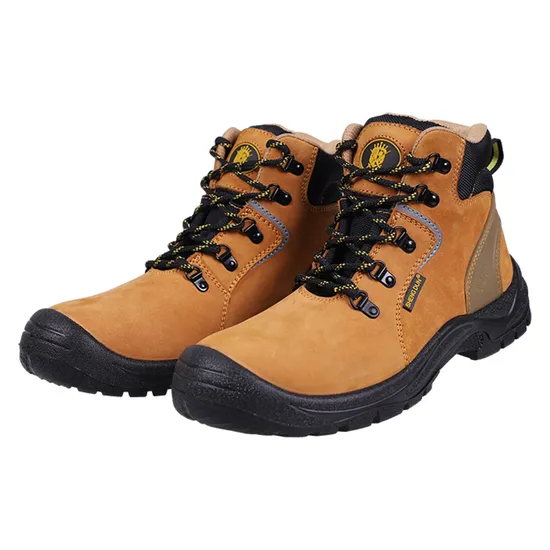
4. Tariffs & Taxation
– Import Duties: Serbia applies tariffs averaging 5–12% on footwear, depending on material (e.g., rubber-soled shoes face lower duties). Use Serbia’s Customs Tariff Database for exact rates.
– VAT (PDV): 20% standard rate applied to imports; input VAT can be reclaimed with proper documentation.
—
Key Challenges & Solutions
– Logistical Complexity: Serbia’s landlocked location requires coordination with regional ports (e.g., Bar, Montenegro). Partner with logistics providers specializing in Western Balkans.
– Language Barriers: Hire bilingual coordinators or use translation tools for contracts and labeling (Serbian language required for tags).
– Quality Control: Conduct pre-shipment inspections in China to avoid disputes over sizing or defects.
—
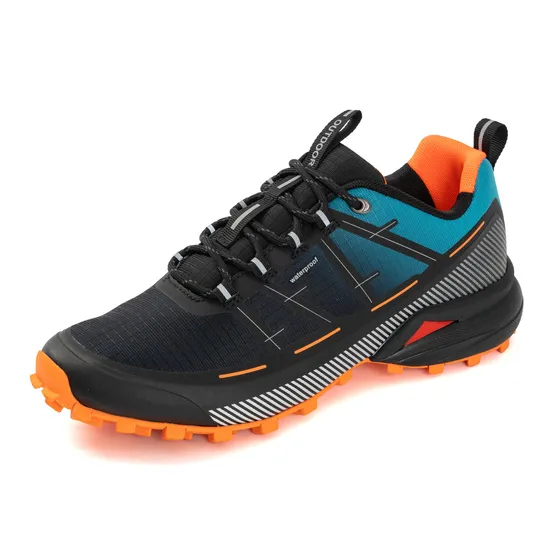
Market Insights & Trends
1. E-Commerce Growth: Platforms like Amazon Serbia and local retailers drive sales—optimize listings with keywords like “čizme za muškarce” (men’s boots) or “letnje cipele” (summer shoes).
2. Sustainability Focus: 60% of Serbian consumers prioritize eco-friendly brands. Highlight:
– Vegan leather or recycled materials.
– Carbon-neutral shipping options.
3. Seasonal Demand: Plan inventory around peak seasons (holiday sales in November–December, winter sports gear in December–February).
—
Maximizing Profitability
– Optimize Packaging: Lightweight, compact packaging reduces shipping costs.
– Monitor Exchange Rates: Lock in favorable RSD/CNY rates using forward contracts.
– Build Relationships: Negotiate long-term contracts for bulk discounts and priority production slots.
—
Conclusion
Importing shoes from China to Serbia combines affordability with access to a growing, sustainability-driven market. By prioritizing compliance, eco-friendly practices, and strategic logistics, businesses can capitalize on Serbia’s rising demand. Start by partnering with vetted suppliers and leveraging Serbia’s expanding e-commerce platforms to scale efficiently.
Article link:https://www.vlefooena.com/manufacturer/3867/

No reply content